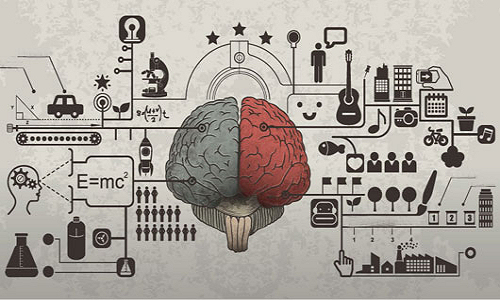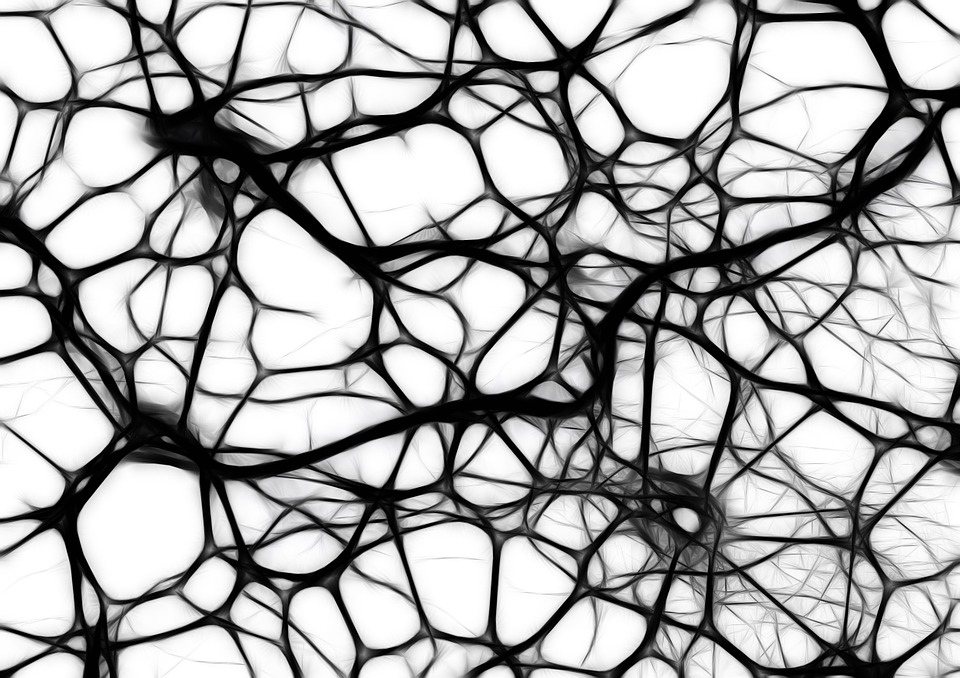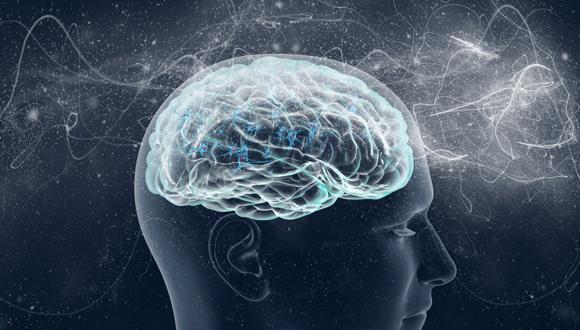Using your brain – particularly during adolescence – may help brain cells survive and could impact how the brain functions after puberty.
Photo Credits: Doggygraph/Shutterstock via mnn
According to a recently published study in Frontiers in Neuroscience, Rutgers behavioral and systems neuroscientist Tracey Shors, who co-authored the study, found that the newborn brain cells in young rats that were successful at learning survived while the same brain cells in animals that didn’t master the task died quickly.
“In those that didn’t learn, three weeks after the new brain cells were made, nearly one-half of them were no longer there,” said Shors, professor in the Department of Psychology and Center for Collaborative Neuroscience at Rutgers. “But in those that learned, it was hard to count. There were so many that were still alive.”
The study is important, Shors says, because it suggests that the massive proliferation of new brain cells most likely helps young animals leave the protectiveness of their mothers and face dangers, challenges and opportunities of adulthood.
Scientists have known for years that the neurons in adult rats, which are significant but fewer in numbers than during puberty, could be saved with learning, but they did not know if this would be the case for young rats that produce two to four times more neurons than adult animals.
By examining the hippocampus – a portion of the brain associated with the process of learning – after the rats learned to associate a sound with a motor response, scientists found that the new brain cells injected with dye a few weeks earlier were still alive in those that had learned the task while the cells in those who had failed did not survive.
“It’s not that learning makes more cells,” says Shors. “It’s that the process of learning keeps new cells alive that are already present at the time of the learning experience.”
Since the process of producing new brain cells on a cellular level is similar in animals, including humans, Shors says ensuring that adolescent children learn at optimal levels is critical.
“What it has shown me, especially as an educator, is how difficult it is to achieve optimal learning for our students. You don’t want the material to be too easy to learn and yet still have it too difficult where the student doesn’t learn and gives up,” Shors says.
So, what does this mean for the 12-year-old adolescent boy or girl?
While scientists can’t measure individual brain cells in humans, Shors says this study, on the cellular level, provides a look at what is happening in the adolescent brain and provides a window into the amazing ability the brain has to reorganize itself and form new neural connections at such a transformational time in our lives.
“Adolescents are trying to figure out who they are now, who they want to be when they grow up and are at school in a learning environment all day long,” says Shors. “The brain has to have a lot of strength to respond to all those experiences.”
Story Source:
The above story is based on materials provided by Rutgers University, Robin Lally.





